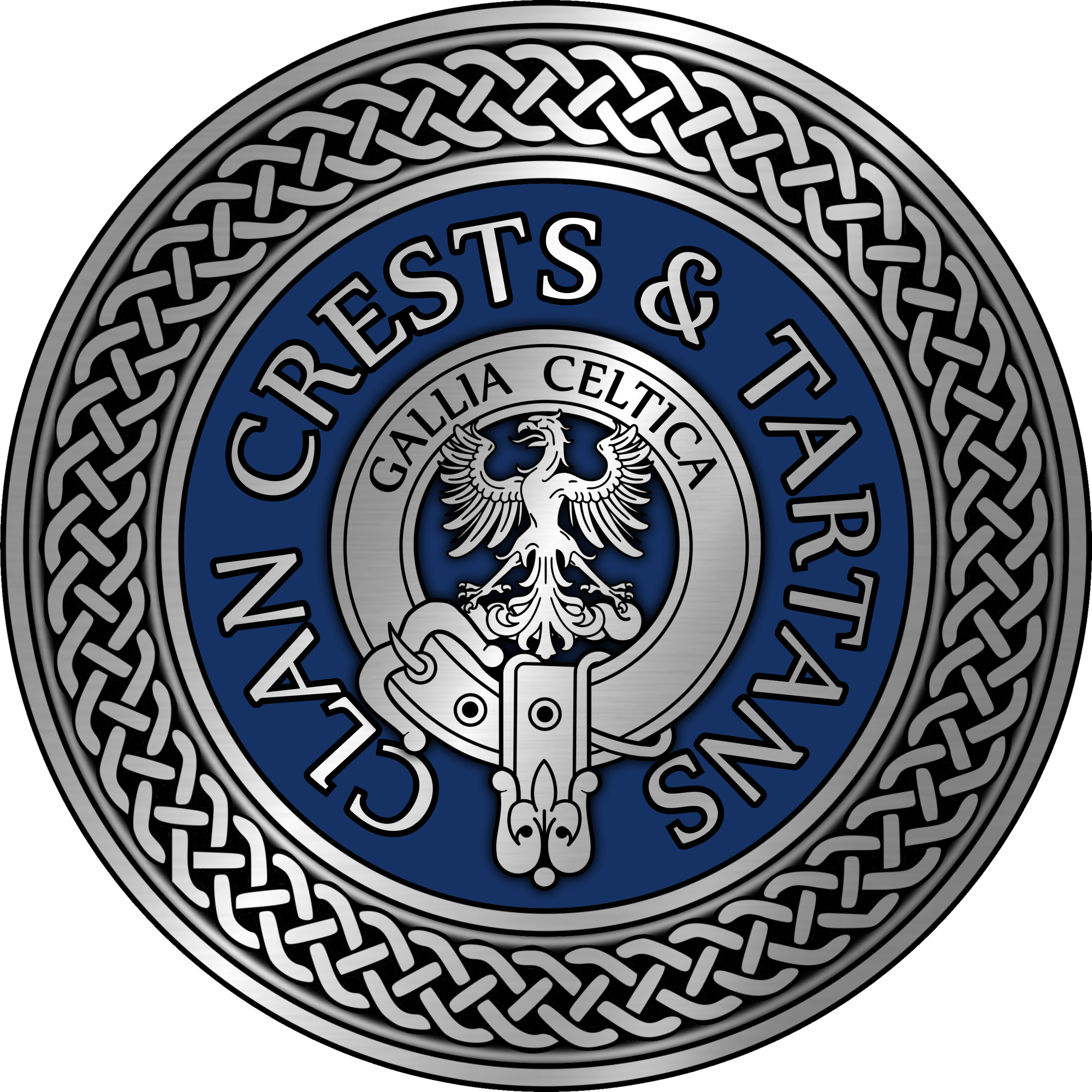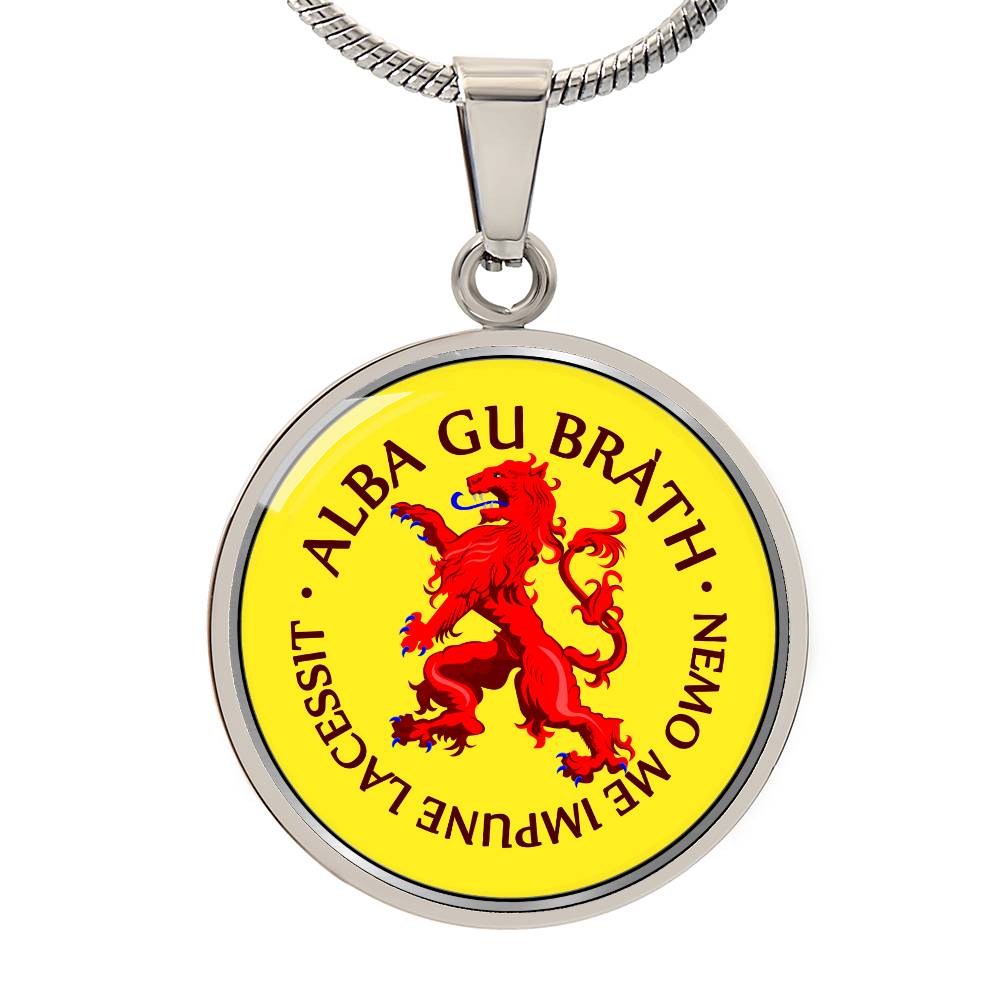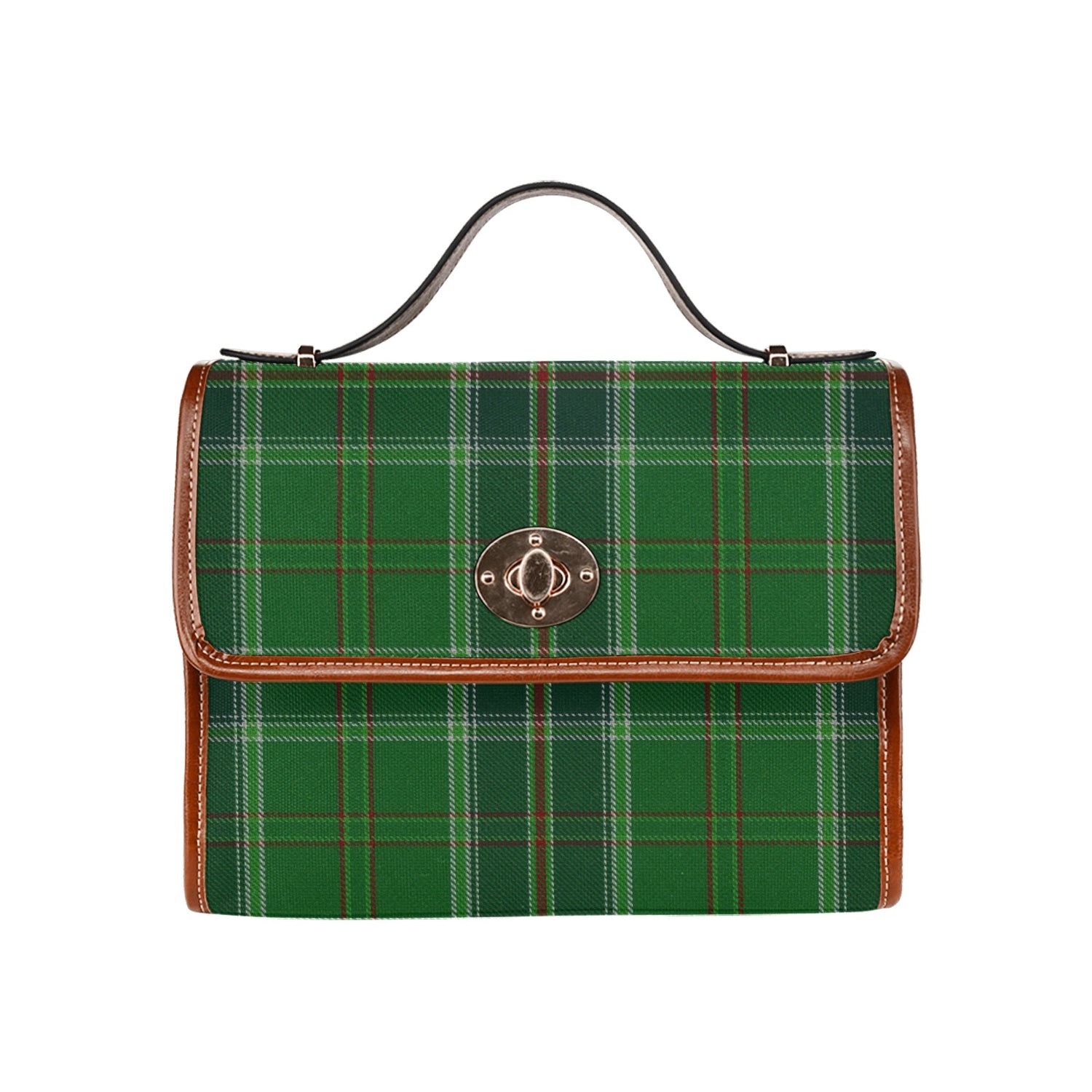

First and foremost, there are no Family or Clan Coats of Arms. Coats of Arms in Scotland are awarded to, and are the property of an individual (armiger), awarded by the Court of the Lord Lyon.
Use of another person's Arms can be prosecuted under both criminal and civil property law.
In Scottish clan tradition, members of a clan may use the Crest of the chief's Arms, encircled with a strap and buckle as a display of loyalty to the chief.

Coat of Arms of Scotland
The coat of arms of Scotland, colloquially called the Lion Rampant, is the coat of arms historically used as arms of dominion by the monarchs of the Kingdom of Scotland, and later by monarchs of Great Britain and the United Kingdom. The coat of arms, or elements from it, are also used in heraldry to symbolise Scotland in general. The arms consist of a red lion surrounded by a red double border decorated with fleurs-de-lis, all on a gold background. The blazon, or heraldic description, is: Or a lion rampant Gules armed and langued Azure within a double tressure flory-counter-flory of the second.
A 15th century armorial depiction of the King of Scots, showing the arms of William the Lion, as adopted by Scotland's later kings who added the tressure featuring the French fleur-de-lys symbolising the traditional Franco-Scottish alliance against England. Below the title 'Le Roy d'Escosse' appear the mottoes of the Royal Stewart kings of Scotland: 'In defens' and 'Me nemo impune lacessit' (No-one damages me with impunity).

Achievement of Arms
In heraldry, an achievement, armorial achievement or heraldic achievement is a full display or depiction of all the heraldic components to which the bearer of a coat of arms is entitled. An achievement comprises not only the arms displayed on the escutcheon, the central element, but the elements surrounding it.

Escutcheon
In heraldry, an escutcheon is a shield that forms the main or focal element in an achievement of arms. The word can be used in two related senses. In the first sense, an escutcheon is the shield upon which a coat of arms is displayed. In the second sense, an escutcheon can itself be a charge within a coat of arms.
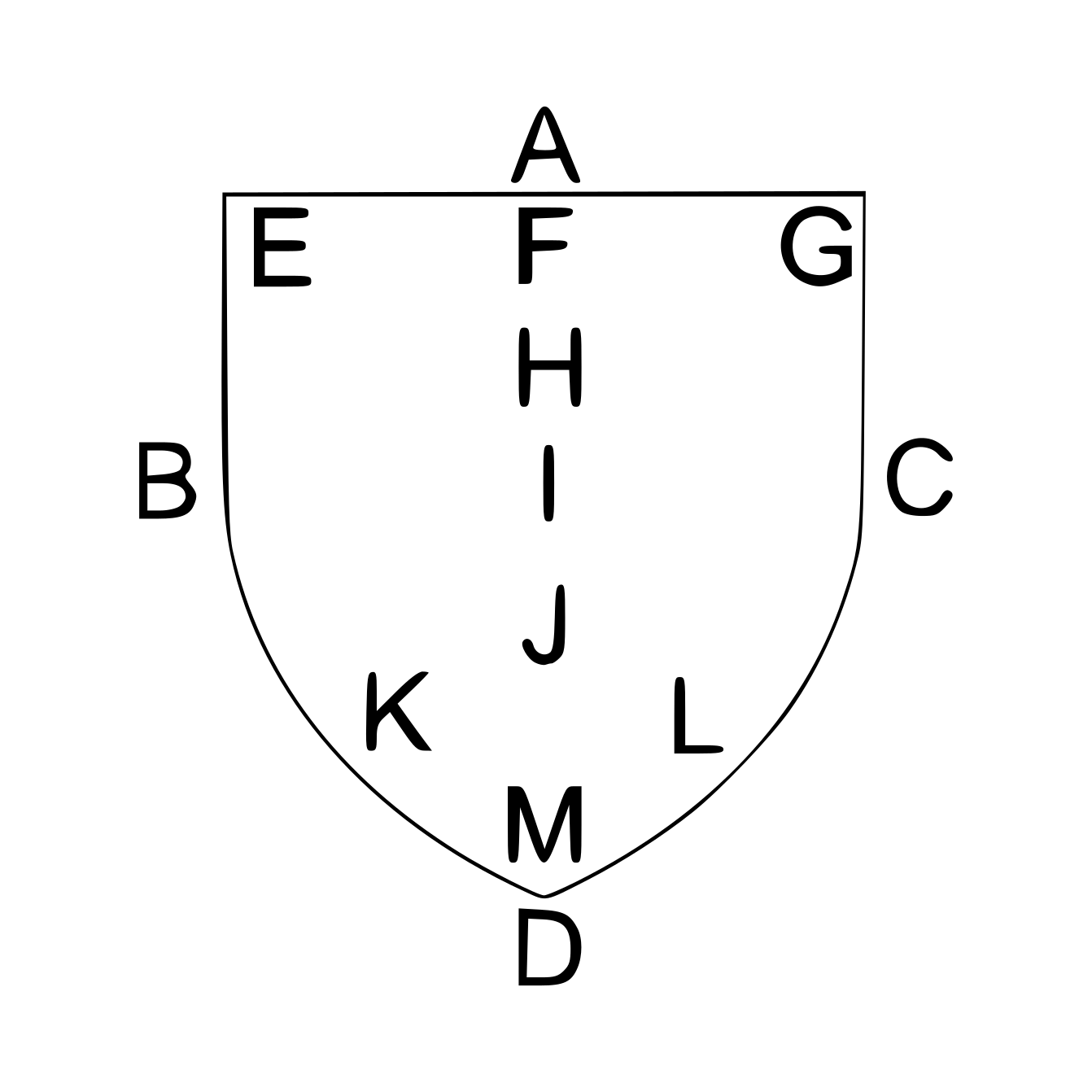
Points
The points of the shield refer to specific positions thereon and are used in blazons to describe where a charge should be placed.
A. Chief: very top of the shield, corresponding to where the ordinary chief begins
B. Dexter: right side of shield when worn (viewer's left)
C. Sinister: left side of shield when worn (viewer's right)
D. Base: very bottom
E. Dexter Chief: top-right corner
F. Middle Chief: top-middle
G. Sinister Chief: top-left corner
H. Honour Point: halfway between the middle chief and fess point
I. Fess Point: exact middle
J. Nombril Point: halfway between the base and the honour point or between the middle base and the fess point.
K. Dexter Base: bottom-right
L. Sinister Base: bottom-left
M. Middle Base (seldom used): bottom-middle
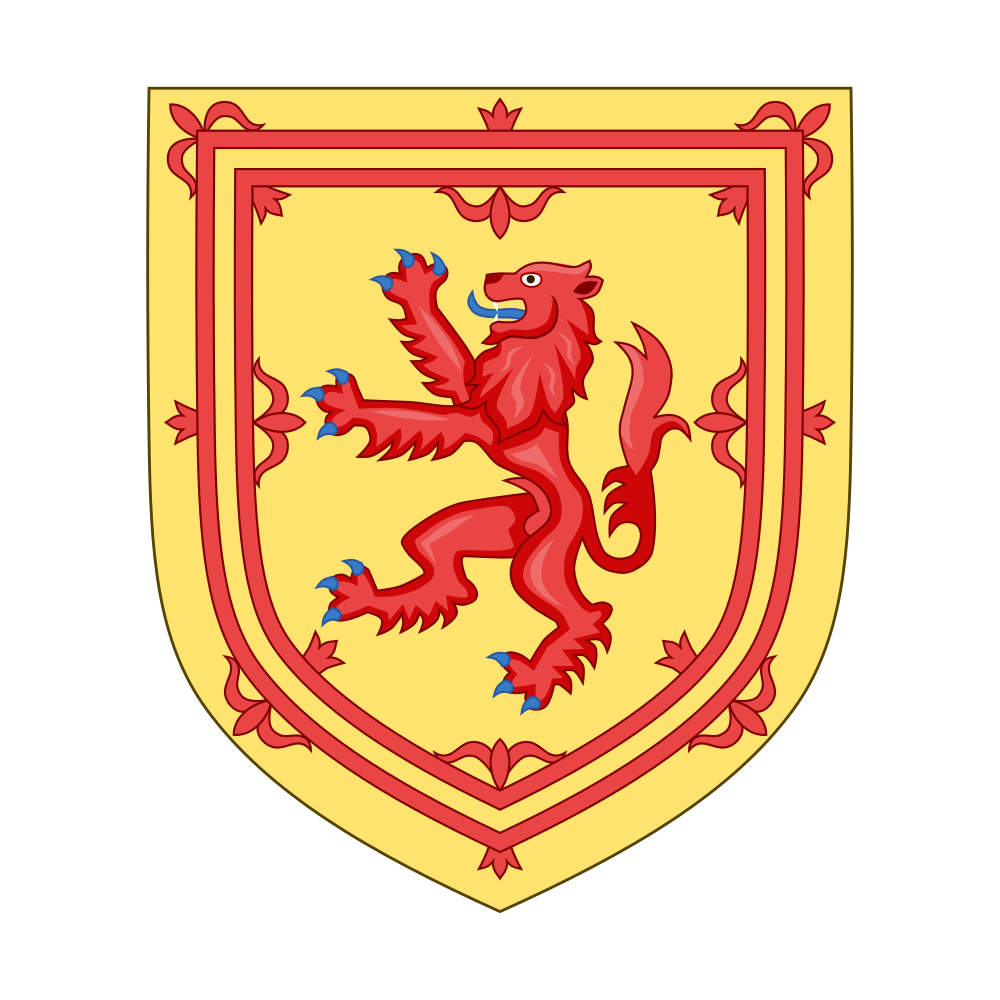
Coat of Arms
A coat of arms is a heraldic visual design on an escutcheon (i.e.,shield), surcoat, or tabard (the latter two being outer garments). The coat of arms on an escutcheon forms the central element of the full heraldic achievement, which in its whole consists of a shield, supporters, a crest, and a motto. A coat of arms is traditionally unique to the armiger (e.g. an individual person, family, state, organization, school or corporation).
In heraldry, the background of the shield is called the field. The field is usually composed of one or more tinctures (colours or metals) or furs. The field may be divided or may consist of a variegated pattern.
In heraldry, a charge is any emblem or device occupying the field of an escutcheon (shield). That may be a geometric design (sometimes called an ordinary) or a symbolic representation of a person, animal, plant, object, building, or other device.

Torse or Crown
In heraldry, a torse or wreath is a twisted roll of fabric laid about the top of the helmet and the base of the crest. It has the dual purpose of masking the join between helm and crest, and of holding the mantling in place.
In the case of royalty, the torse is replaced with a crown; and in nobility above a baronet, replaced with a coronet or duchal cap (chapeau).
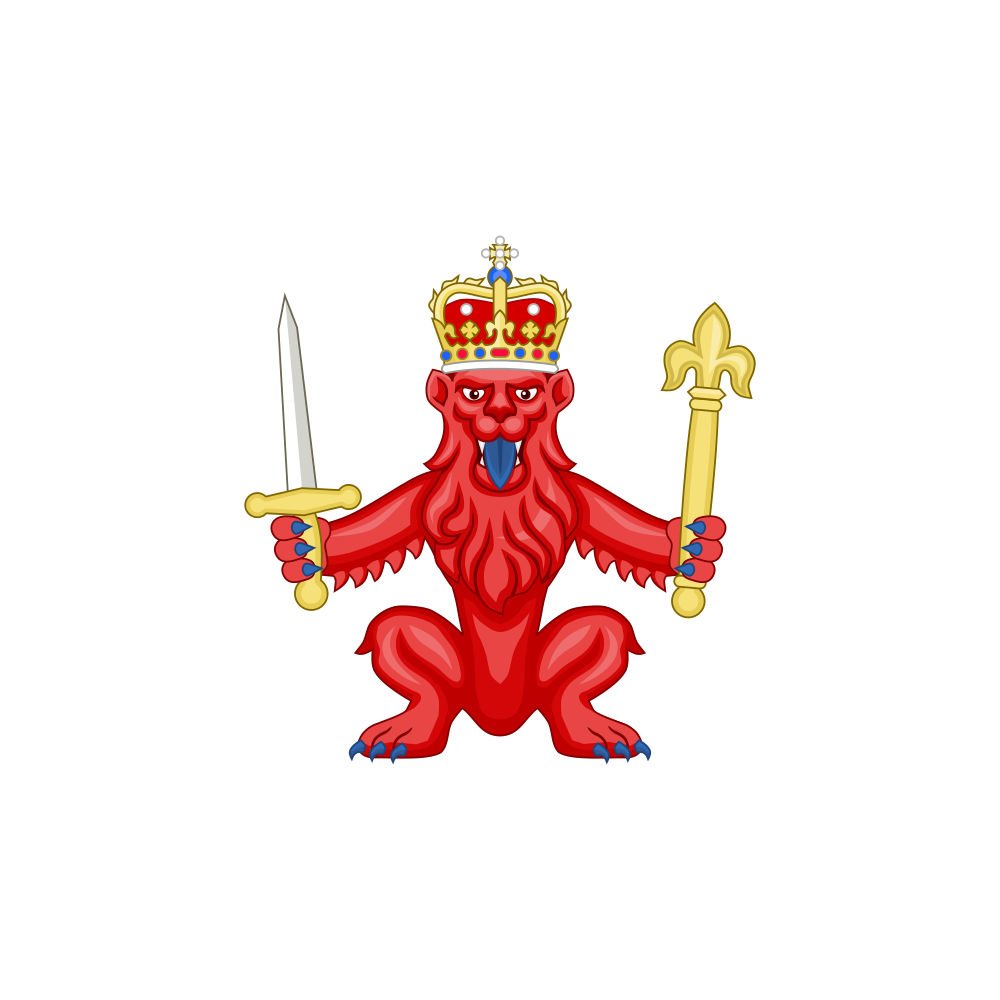
Crest
A crest is a component of a heraldic display, consisting of the device borne on top of the helm. Originating in the decorative sculptures worn by knights in tournaments and, to a lesser extent, battles, crests became solely pictorial after the 16th century (the era referred to by heraldists as that of "paper heraldry").
A normal heraldic achievement consists of the shield, above which is set the helm, on which sits the crest, its base encircled by a circlet of twisted cloth known as a torse (or crown in the case of royal arms). The use of the crest and torse independently from the rest of the achievement, a practice which became common in the era of paper heraldry, has led the term "crest" to be frequently but erroneously used to refer to the arms displayed on the shield, or to the achievement as a whole.
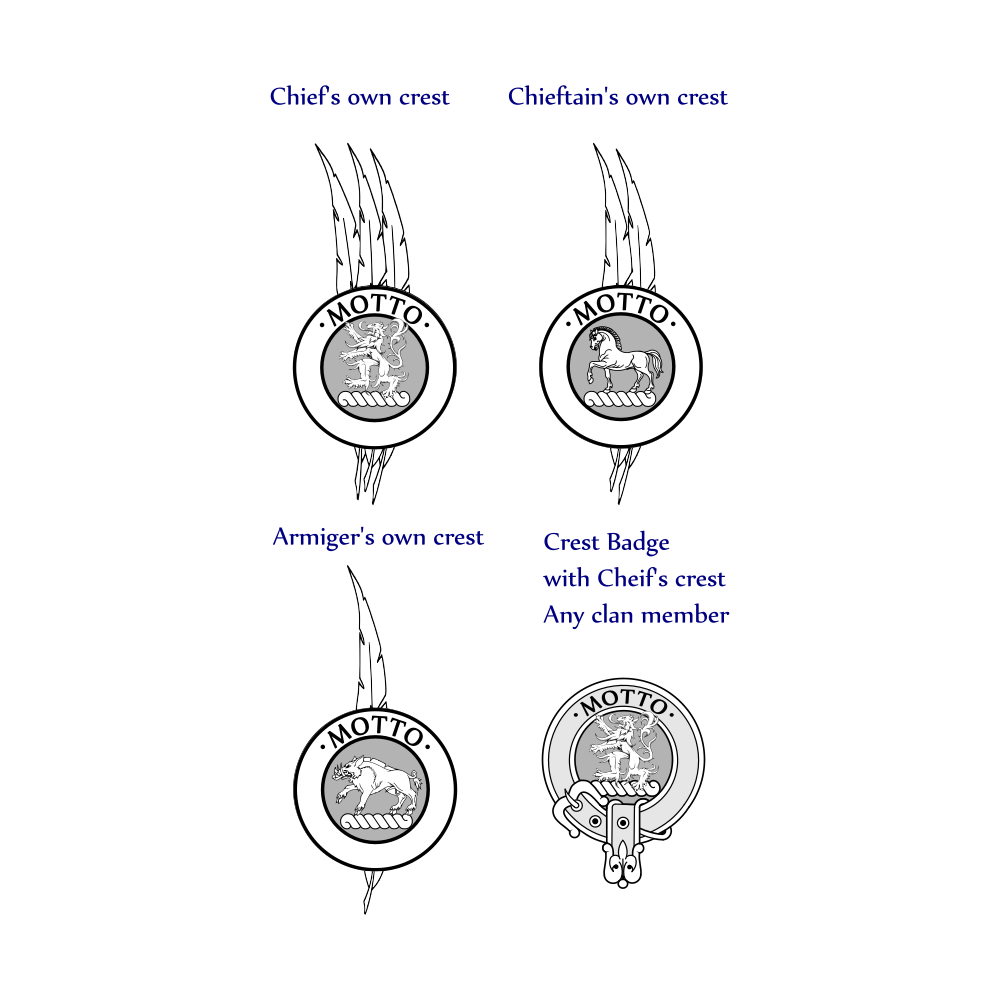
Crest Badge
Scottish clan members can signify their loyalty to their chief by displaying the chief's crest encircled by a strap and buckle. This is known as a crest badge, not a 'clan crest'.
A Scottish clan chief wearing only the crest, will wear it in a circlet with three eagle feathers.
A chieftain (head of a clan house) with his own arms, will wear his crest in a circlet with two eagle feathers. Otherwise they will wear the strap & buckle with the chief's crest as for any other clan member.
Any other armigerous member (with his own arms), will wear his crest in a circlet with one eagle feather. Otherwise they will wear the strap & buckle with the chief's crest as for any other clan member.
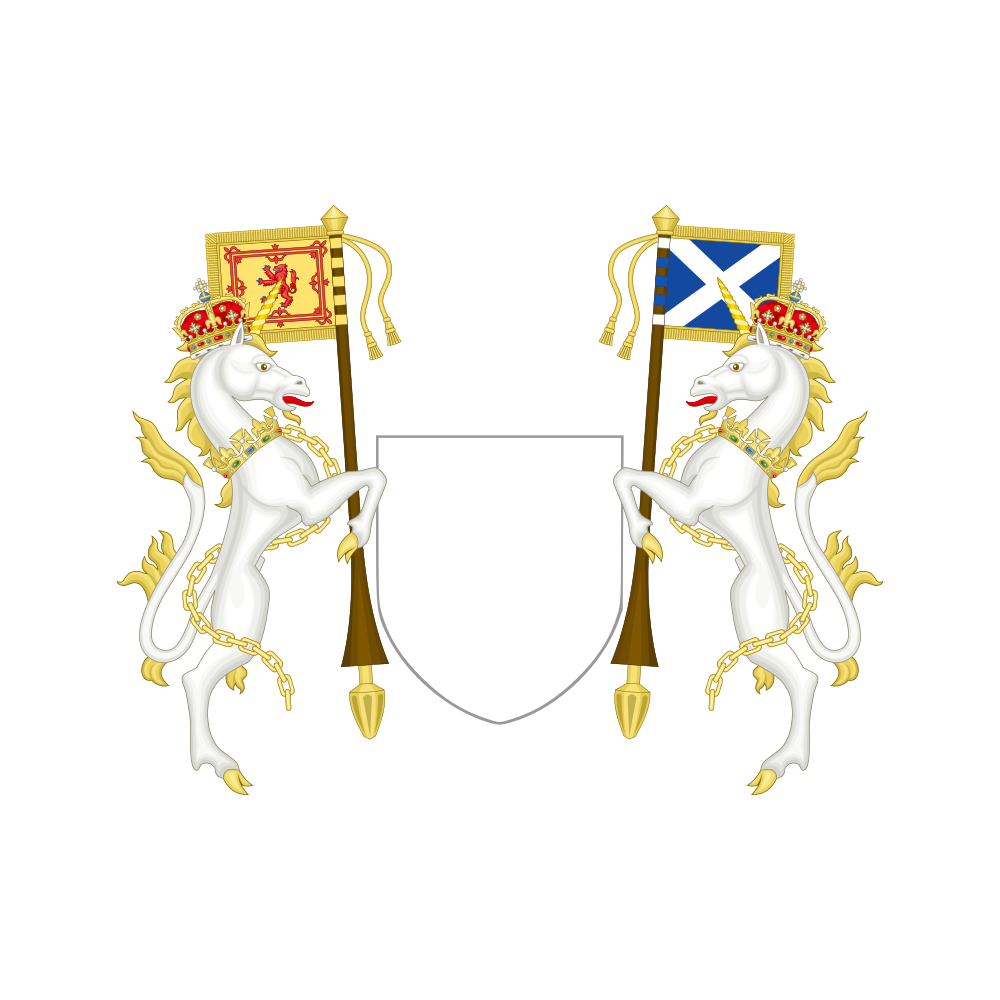
Supporters
In heraldry, supporters, sometimes referred to as attendants, are figures or objects usually placed on either side of the shield and depicted holding it up.
Historically, supporters were left to an individual's free choice and were assumed and changed at will, not always having any meaning whatsoever. In more modern times, restrictions have been put in place, and entitlement may be considered conditioned by grant of a type of augmentation of honour.
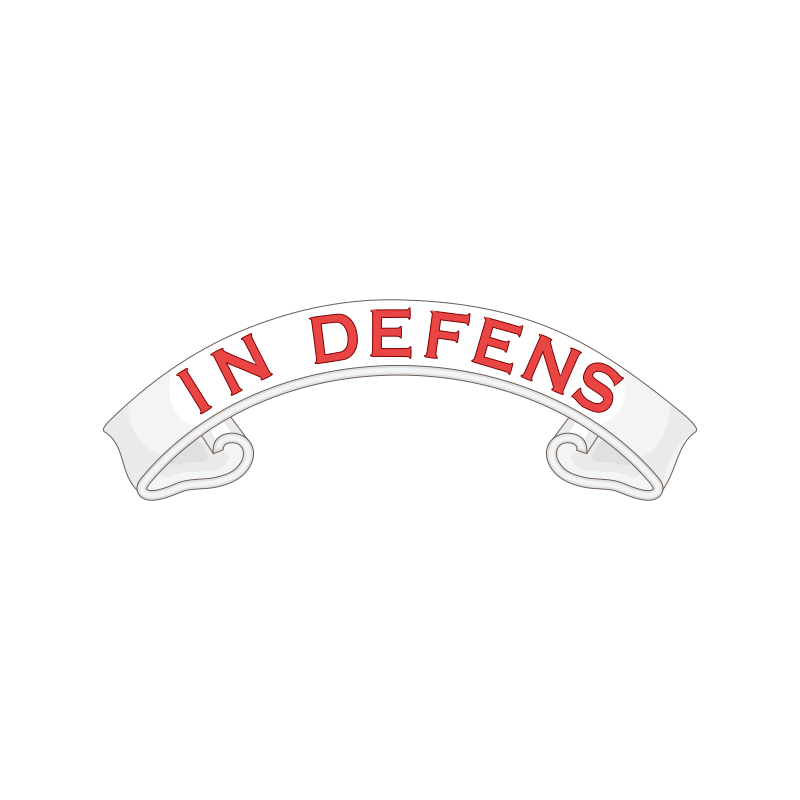
Motto / Slogan
In heraldry, a motto is often found below the shield in a banderole in the compartment. This placement stems from the Middle Ages, in which the vast majority of nobles possessed a coat of arms complete with a motto. In the case of Scottish heraldry, it is mandated to appear above the crest and is called slogan.
The word slogan dates from 1513. It is a variant of the earlier slogorn, which was an Anglicisation of the Scottish Gaelic sluagh-ghairm (sluagh "army", "host" + gairm "cry"). In other regions it is called a war-cry.
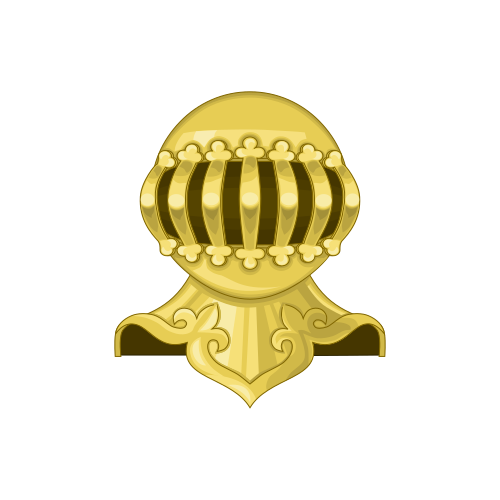
Helm
In heraldic achievements, the helmet or helm is situated above the shield and bears the torse and crest. The style of helmet displayed varies according to rank and social status, and these styles developed over time, in step with the development of actual military helmets.
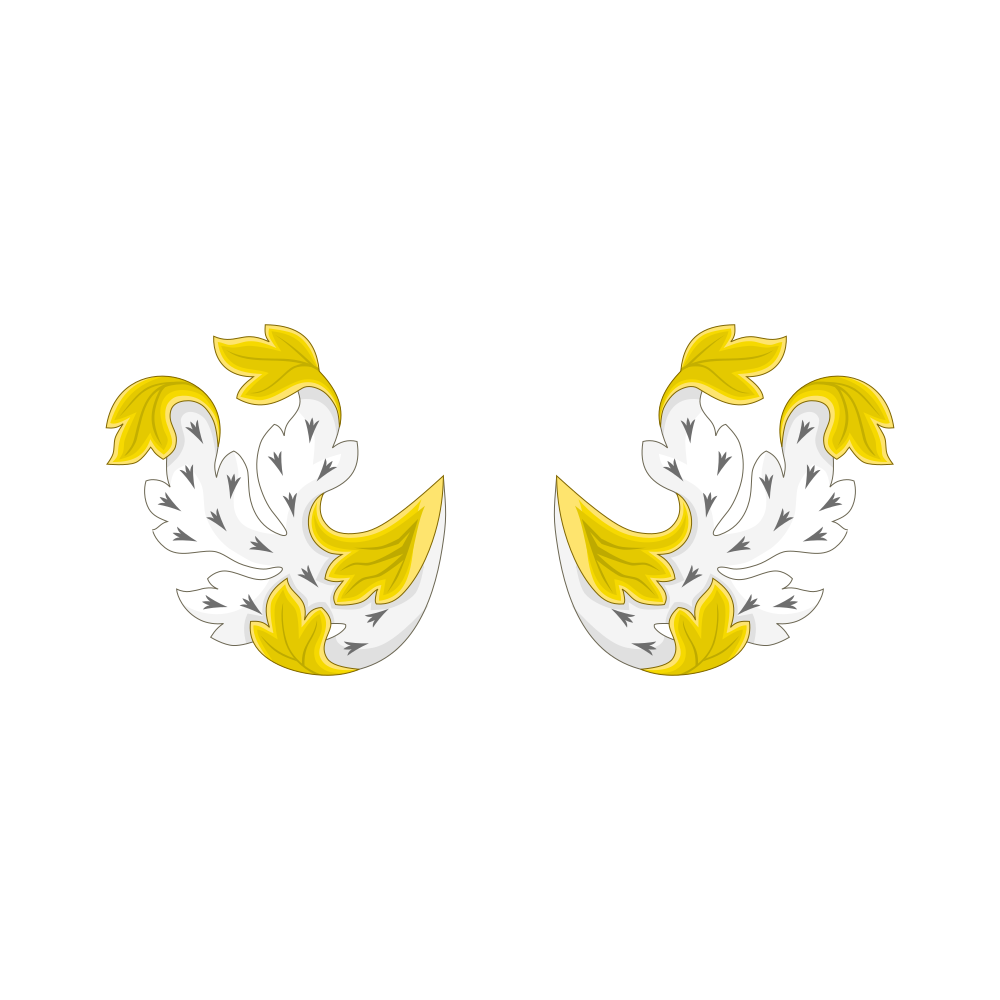
Mantle
In heraldry, mantling is drapery tied to the helmet above the shield. In paper heraldry it is a depiction of the protective cloth covering (often of linen) worn by knights from their helmets to stave off the elements, and, secondarily, to decrease the effects of sword-blows against the helmet in battle, from which it is usually shown tattered or cut to shreds.
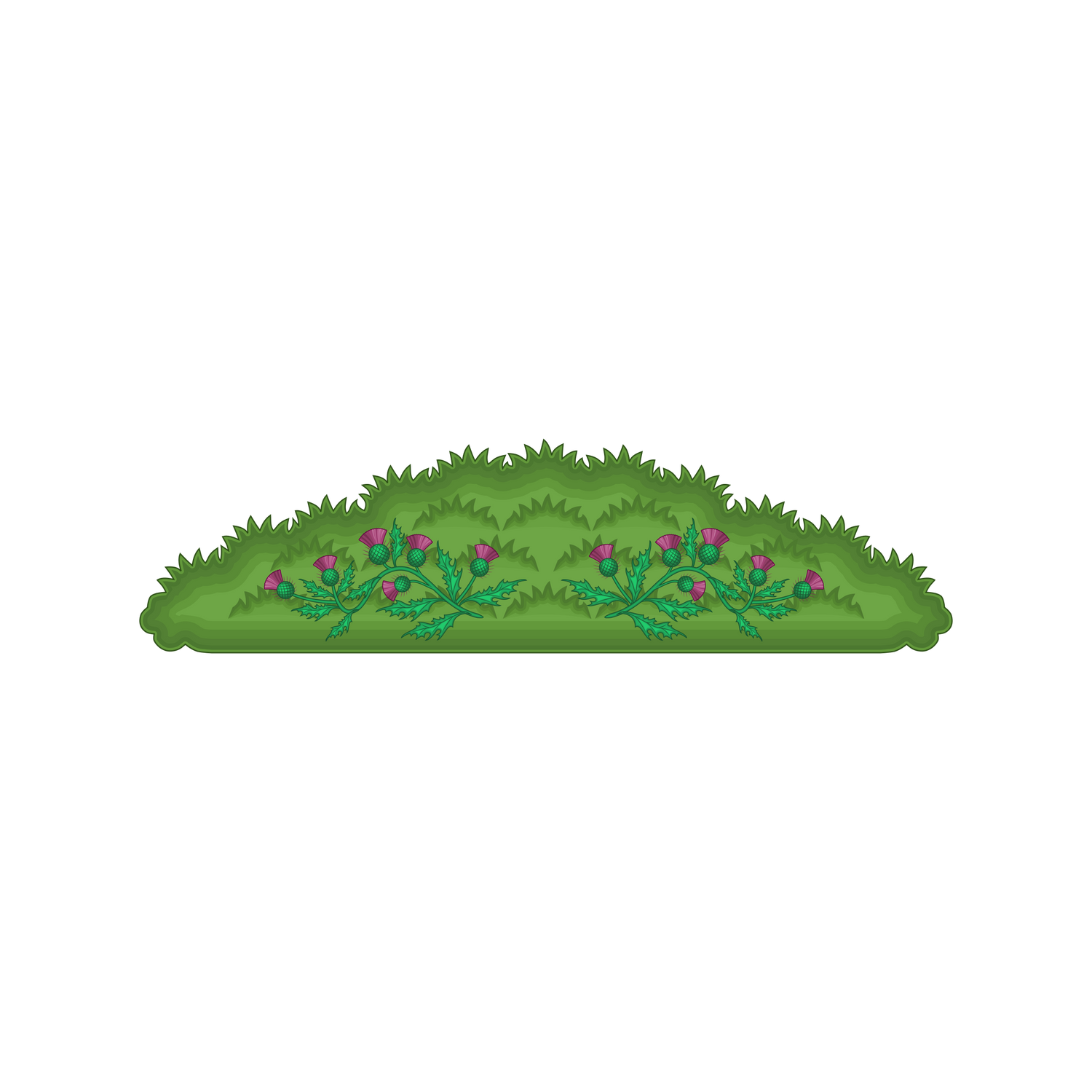
Compartment
In heraldry, a compartment is a design placed under the shield, usually rocks, a grassy mount (mount vert), or some sort of other landscape upon which the supporters are depicted as standing. The compartment may include the plant badge.
Collections
-
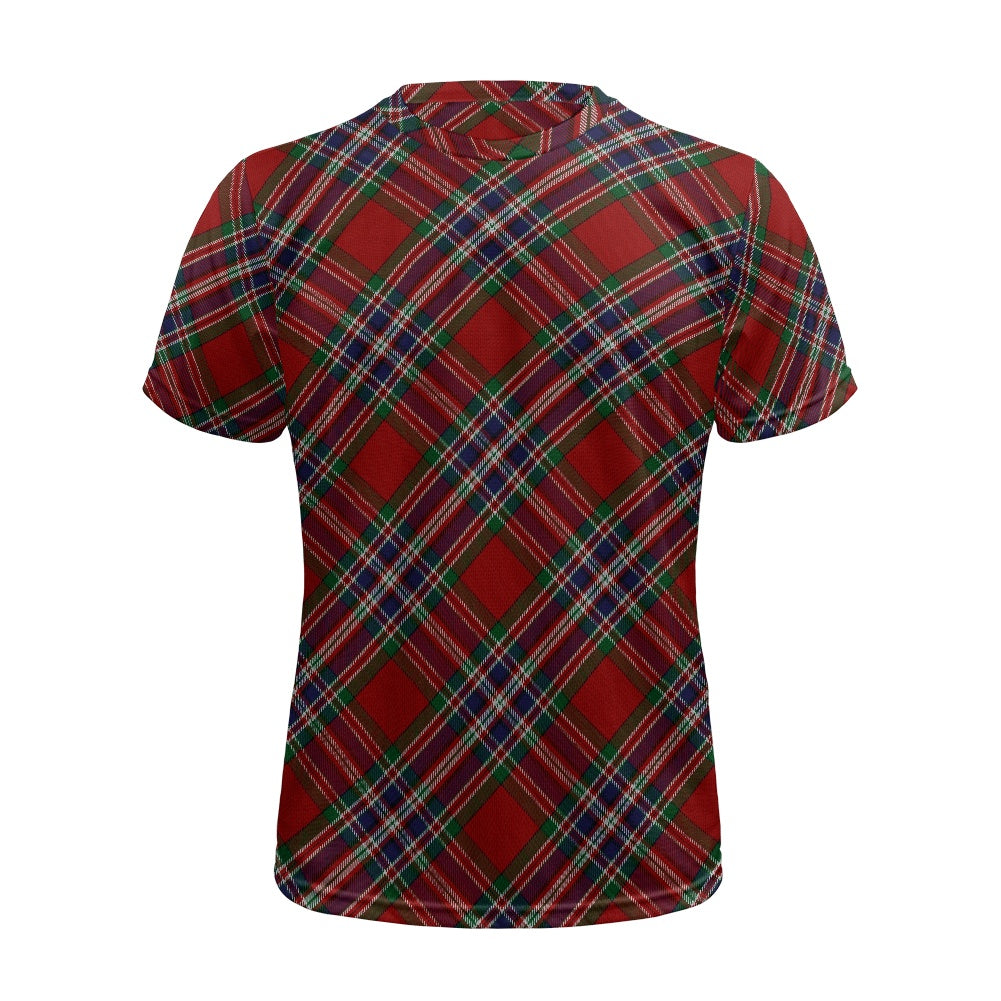
Football Shirts
There are multiple options for each Clan, but we are still working...
